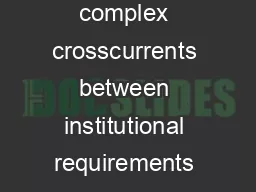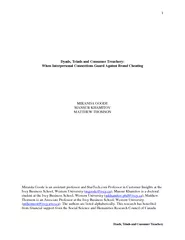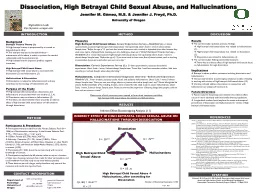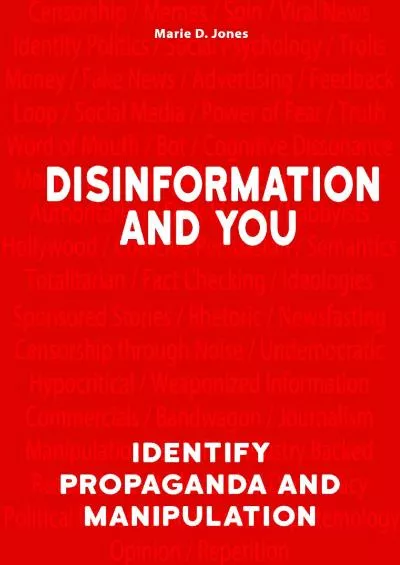PDF-Throughout recorded human history, treachery and betrayal have been co
Author : kittie-lecroy | Published Date : 2016-03-03
an interpersonal relationship Essentially betrayal means that one party in a relationship acts in a way that favors his or her own interests at the expense of the
Presentation Embed Code
Download Presentation
Download Presentation The PPT/PDF document "Throughout recorded human history, treac..." is the property of its rightful owner. Permission is granted to download and print the materials on this website for personal, non-commercial use only, and to display it on your personal computer provided you do not modify the materials and that you retain all copyright notices contained in the materials. By downloading content from our website, you accept the terms of this agreement.
Throughout recorded human history, treachery and betrayal have been co: Transcript
Download Rules Of Document
"Throughout recorded human history, treachery and betrayal have been co"The content belongs to its owner. You may download and print it for personal use, without modification, and keep all copyright notices. By downloading, you agree to these terms.
Related Documents














